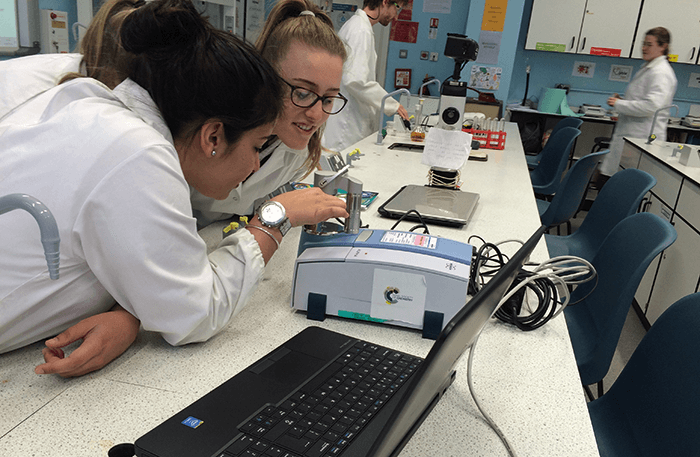
Spec in a Suitcase
An outreach project established by the Royal Society of Chemistry (RSC) aims to improve access to spectroscopy for 16–18-year-olds. Coordinator Katy Glazer tells us more.

False
An outreach project established by the Royal Society of Chemistry (RSC) aims to improve access to spectroscopy for 16–18-year-olds. Coordinator Katy Glazer tells us more.

Receive the latest analytical science news, personalities, education, and career development – weekly to your inbox.

A former library manager and storyteller, I have wanted to write for magazines since I was six years old, when I used to make my own out of foolscap paper and sellotape and distribute them to my family. Since getting my MSc in Publishing, I’ve worked as a freelance writer and content creator for both digital and print, writing on subjects such as fashion, food, tourism, photography – and the history of Roman toilets.
False
False

December 6, 2024
4 min read
Bruker’s multiphoton microscopy module, OptoVolt, ranks third in our Innovation Awards. Here, Jimmy Fong, product development lead, walks us through the major moments during development.

December 4, 2024
1 min read
Researchers develop more stable catalysts for dry reforming of methane – a promising method for carbon capture and utilization (CCU)

December 10, 2024
2 min read
And the technology ranked first in our 2024 Innovation Awards is…

December 11, 2024
10 min read
Meet the products – and the experts – defining analytical innovation in 2024
False